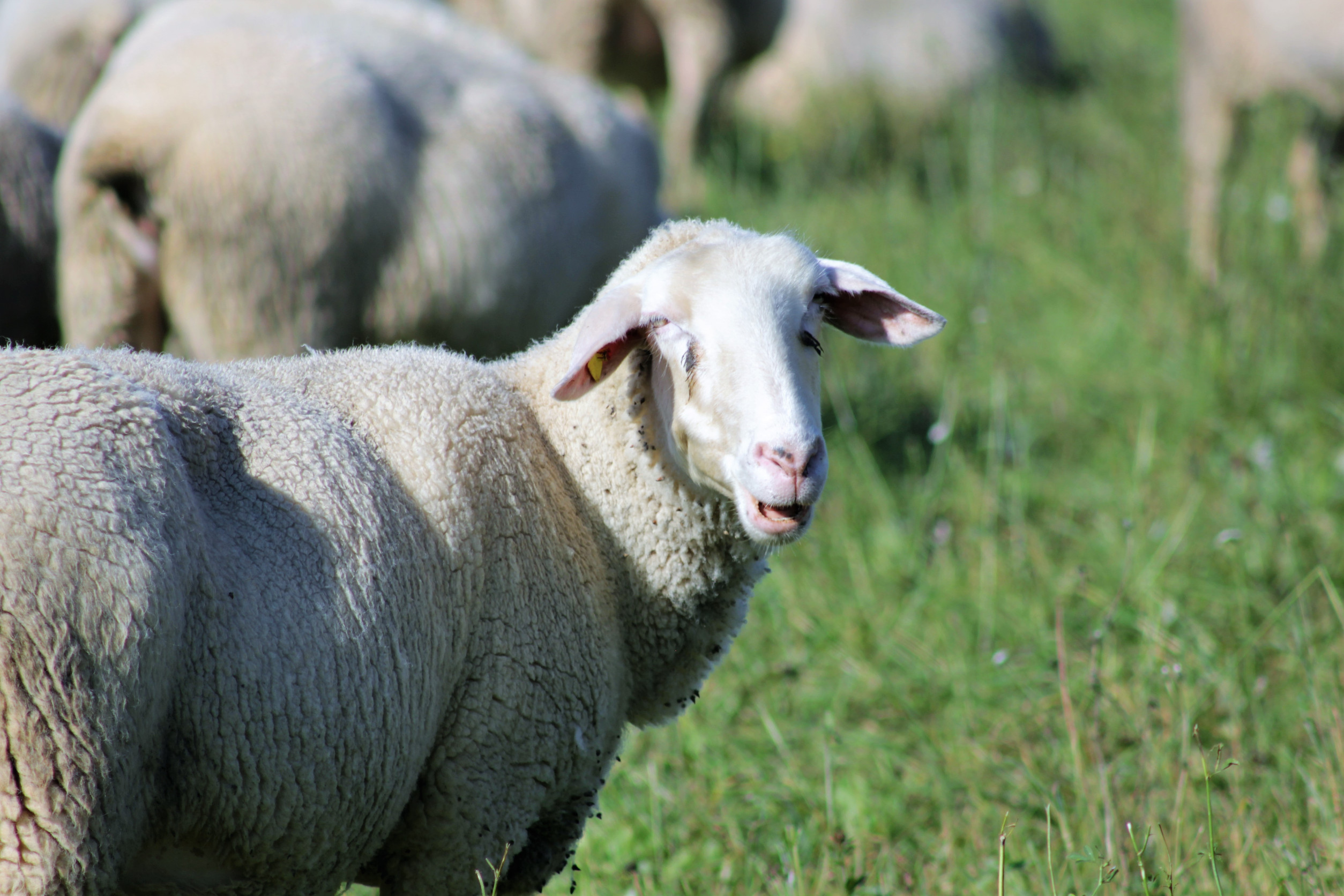You may have never heard of the emerald ash borer (Agrilus planipennis), but this little green beetle is the most invasive wood-boring insect in US history. The insects are native to Russia and Asia and were first discovered in Michigan in 2002. Today, they are wreaking havoc on ash trees across the US and Canada. To address the problem, researchers are turning to tiny parasitic wasps.
For a while, the US Department of Agriculture (USDA) was monitoring and regulating the trade of ash tree wood and materials, but this proved to do little to slow the spread of emerald ash borers, so the process was abandoned. This is largely due to the fact that the beetles can fly up to 12 miles per day and often go undetected in a tree for years after arrival.
The introduction of wasps to manage invasive beetle populations is not one that researchers take lightly. Biocontrol, or the introduction of one species to manage another, has famously gone very wrong in the past. One example is the introduction of cane toads in Australia in the 1930s to manage beetles. They ate no beetles but consumed other native species and poisoned predators. This is why the process to introduce a new biocontrol species can take up to ten years before being approved for large-scale use.
The USDA is currently working with four wasp species that are natural emerald ash borer predators. They are all parasitoids, which means they deposit their eggs onto another species which then becomes food for the growing parasite. The selected wasps are quite small and don’t sting, but have been shown to be quite effective against the pesky beetles.
So far, the USDA has released 550,000 parasitoids in 240 sites and will monitor results to determine further introduction actions. The end goal is to foster a wasp population that is robust enough to keep the beetles at bay and allow new ash trees to grow and thrive.












